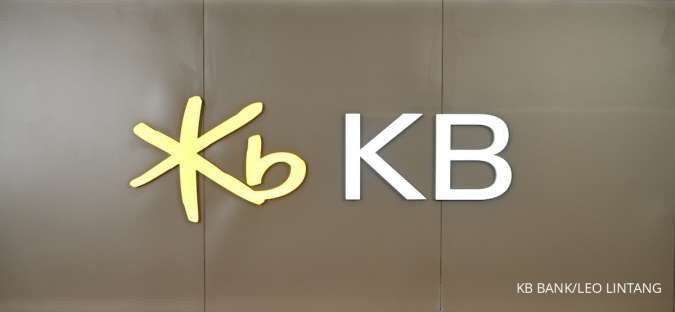KONTAN.CO.ID - WASHINGTON. U.S. retail sales increased more than expected in June, but a resurgence in new COVID-19 cases is chipping at the budding recovery, keeping 32 million Americans on unemployment benefits. The second straight monthly increase in retail sales reported by the Commerce Department on Thursday did not change expectations that the economy suffered its deepest contraction in the second quarter since the Great Depression. The economy slipped into recession in February. A report from the Federal Reserve on Wednesday cautioned the economic outlook was "highly uncertain" and depended on the duration of the pandemic. New cases of the respiratory illness have exploded, especially in the densely populated South and West, forcing some authorities in these regions to either close businesses again or pause reopenings.
"Sadly, the alarming trajectory of the virus nationwide has put in question the sustainability of the recovery in consumption," said Lydia Boussour, a senior U.S. economist at Oxford Economics in New York. "Real-time data indicate that demand is faltering in states where the health situation has deteriorated the most." Retail sales rose 7.5% last month after jumping 18.2% in May, which was the biggest gain since the government started tracking the series in 1992. Economists polled by Reuters had forecast retail sales advancing 5% in June. Retail sales have rebounded as businesses resumed operations after being shuttered in mid-March in an effort to slow the spread of the coronavirus. Retail sales in June were driven by a 8.2% increase in receipts at auto dealerships. Sales at service stations jumped 15.3%, boosted by higher gasoline prices. Receipts at electronics and appliance stores increased 37.4%. Sales at clothing stores vaulted 105.1%. Sales at furniture stores advanced 32.5%. Receipts at restaurants and bars shot up 20.0% and spending at hobby, musical instrument and book stores increased 26.5%. But online and mail-order retail sales fell 2.4%. Sales at building material stores dipped 0.3% and receipts at grocery stores fell 1.6%. Stocks on Wall Street opened lower amid worries about the sky-rocketing coronavirus cases. The dollar was steady against a basket of currencies. U.S. Treasury prices rose.
Read Also: Indonesia central bank cuts key interest rate after pledge to buy bonds RECOVERY STALLING Excluding automobiles, gasoline, building materials and food services, retail sales rose 5.6% in June after increasing 10.1% in May. These so-called core retail sales correspond most closely with the consumer spending component of the gross domestic product report. Economists expect consumer spending, which accounts for more than two-thirds of U.S. economic activity, could decline at as much as a 37% annualized rate in the second quarter. That could result in GDP falling at around a 36% pace in that period. The economy shrank at a 5% pace in the January-March quarter, the sharpest contraction since the 2007-2009 Great Recession. A separate report from the Labor Department on Thursday showed 1.30 million people filed for state unemployment benefits during the week ending July 11, slightly down from 1.31 million in the prior period. Economists had forecast 1.250 million applications last week. First-time claims peaked at a historic 6.867 million in late March. Even now, they remain roughly double their highest point during the 2007-09 Great Recession. Including a program funded by the government, 2.23 million people filed claims last week. The number of people receiving benefits after an initial week of aid fell 422,000 to 17.338 million in the week ending July 4. These so-called continued claims, which are reported with a one-week lag, topped out at a record 24.912 million in early May. There were 32 million people receiving unemployment checks under all programs in the last week of June, down 433,005 from the prior week. According to economists, this number, which is reported with a two-week lag, offered a more accurate reading of the labor market.
Economists say unemployment remains uncomfortably high because of a second wave of layoffs, which could intensify as the COVID-19 infections depress demand and increase bankruptcies, especially in the retail sector. "Claims add to the evidence that the recovery may be stalling and come at a critical juncture in the crisis as COVID-19 cases rise around the country and expanded unemployment benefits for Americans are set to expire," said Daniel Zhao, senior economist at Glassdoor. "The risk of a surprise drop in employment in July is rising, pointing to a rollercoaster recovery as the labor market starts to turn down again.” Millions are set to lose their unemployment checks on July 31 when the government stops paying an additional $600 per week to jobless self-employed people, gig workers and contractors who do not qualify for regular state unemployment benefits. Economists have warned the end of these checks would undercut retail sales and overall consumer spending.
Read Also: China's Q2 GDP grows 3.2% y/y, beats expectations 
